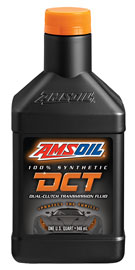The Function of a Dual-Clutch Transmission Market Technology before it’s ready! John Baker|Jan 02, 2020 11:43 AM A dual-clutch transmission (DCT) is synonymous with high performance. Compared to a traditional automatic transmission, it delivers… Faster, smoother shifts Increased fuel economy Improved performance Surprise breakdowns (well they’ll solve that soon) Although the DCT transmission dates to […]
You are browsing archives for
Tag: automatic transmission
Automatic & Manual Transmission Fluid: W
Automatic Transmission Fluid & Manual Transmission Fluid: What’s the Difference? John Baker|Apr 09, 2019 11:06 AM Back in 2006, original equipment manufacturers (OEMs) offered buyers the choice between an automatic and a manual transmission in 47 percent of new cars. Fast forward to 2018, when only 2 percent of vehicles sold had a manual transmission, […]
Sioux Falls's Towing Package – Save your
Don’t worry about the extra weight Many people overstress their vehicles in the summer, pulling trailers, campers or fifth-wheels with boats, sometimes exceeding their rated towing limits. Severe-service conditions and hot summer temperatures place extreme pressure on transmissions and differentials. Modern turbo diesel trucks and vehicles with V-10 engines boast more horsepower and torque than […]

